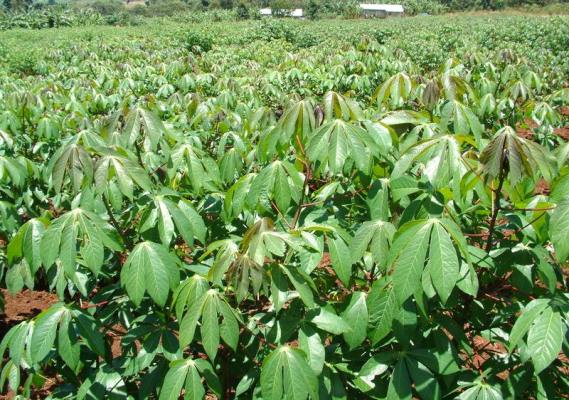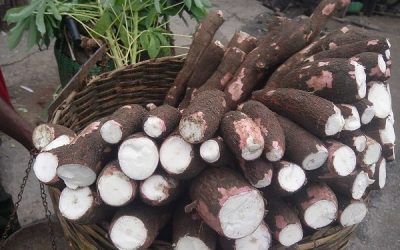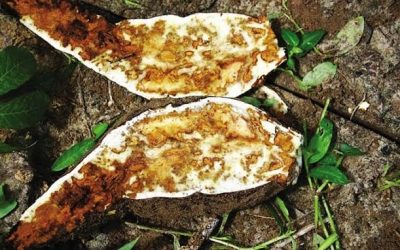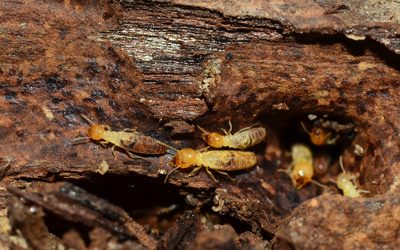Boosting Cassava yields

Unlike other crops, cassava is a hardy crop that tolerates virtually all types of soil and climatic condition but commonly grown in the tropics; it can withstand drought and it matures within nine to ten months
To make a cassava farm successful, there are several agronomic practices a farmer must adopt.
These practices enhance the soil conditions and provide a favorable condition for the growth from planting to harvest.
Land preparation is very crucial and farmers are required to use proper land preparation method.
There are different types of land preparation method but the most beneficial and widely accepted is the conventional method which involves the use of a plough and a harrow. The harrow is used to smoothen the land and making it free from weeds and other contaminants, thus, making it suitable for planting. It is also good to use herbicide to clear the weed and dig a hole where the cuttings will be planted.
It is important to buy clean seedlings free from diseases. It is the reason farmers will have to adopt the mandiplus technology where cassava stems are cut and coated with a chemical which will preserve it from disease infection as well as boost germination and growth vigour.
Planting cassava stems requires a cautious approach; stems are planted in a slanting orientation of about 45°and not erect.
The stem contains nodes; these nodes are the growing point of the cassava where new cassava shoot comes up.
A stem cutting must have at least five nodes but with mandiplus technology even one node is appropriate.
Cassava stems should be planted early in the morning or late in the evening to prevent evaporation and evapo-transpiration.
Spacing is very important; the space between a plant and the other is the feeding area of the plants; cassava plant requires a spacing of 1m by 1m to ensure good yield.
To eradicate weeds, apply post-emergence herbicide like glyphosate to help kill weed seeds and surviving seeds immediately after planting.
This is done to keep the plant free from weeds.


